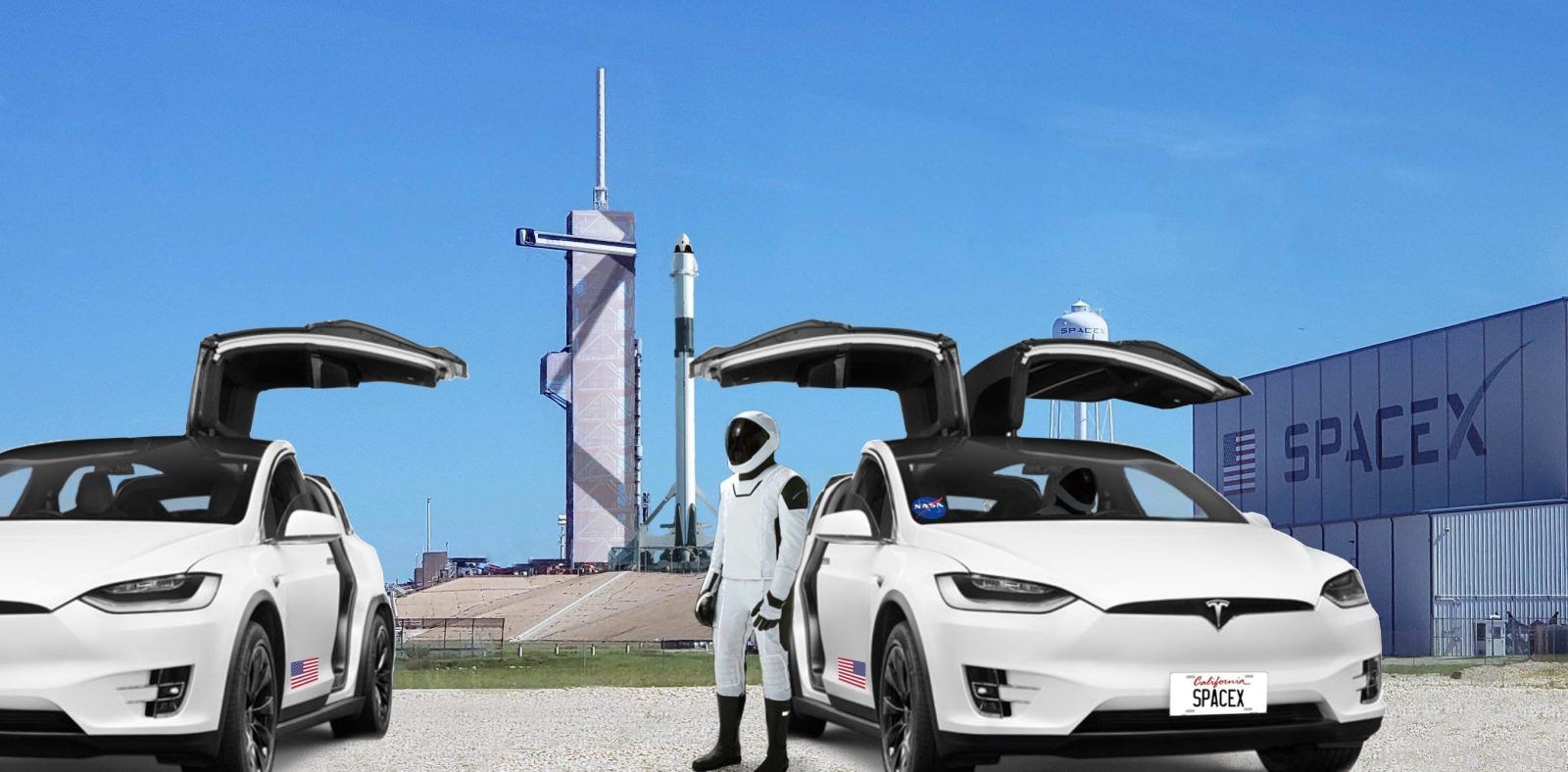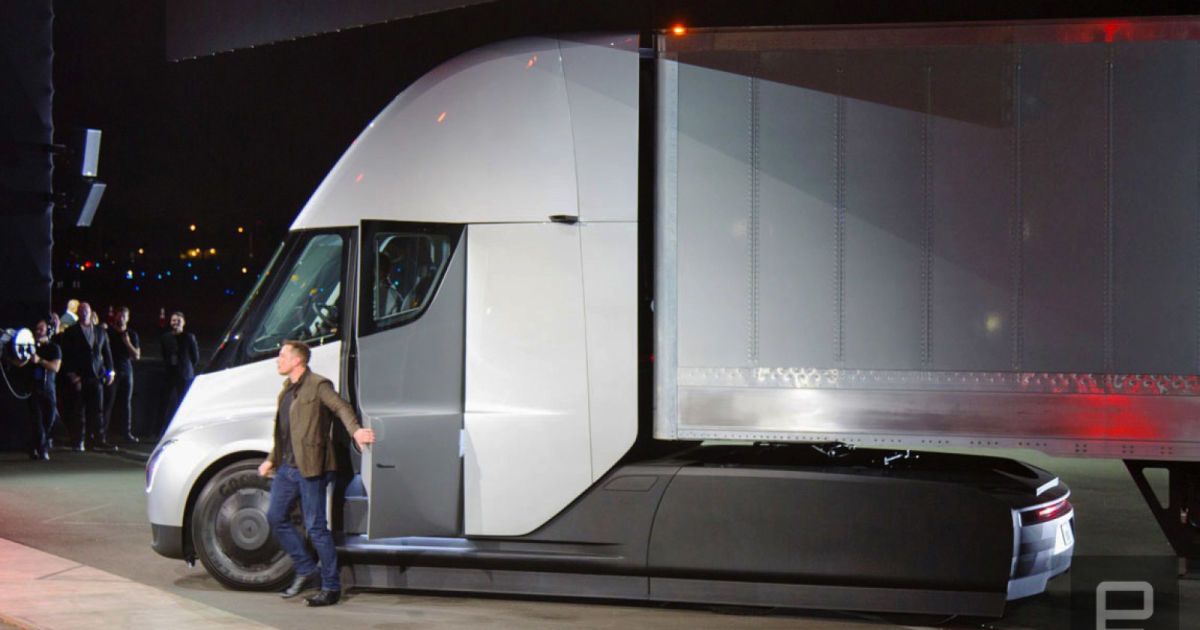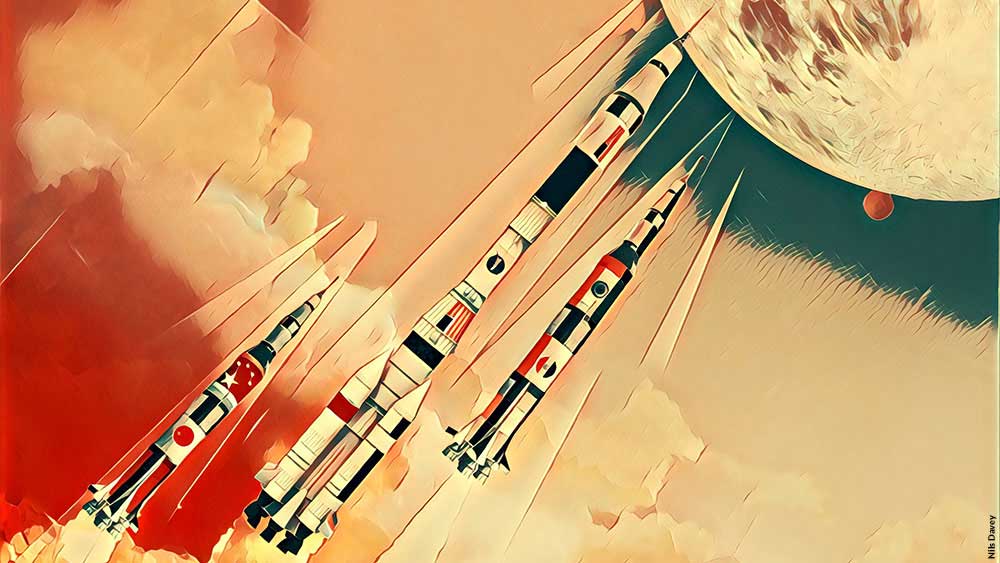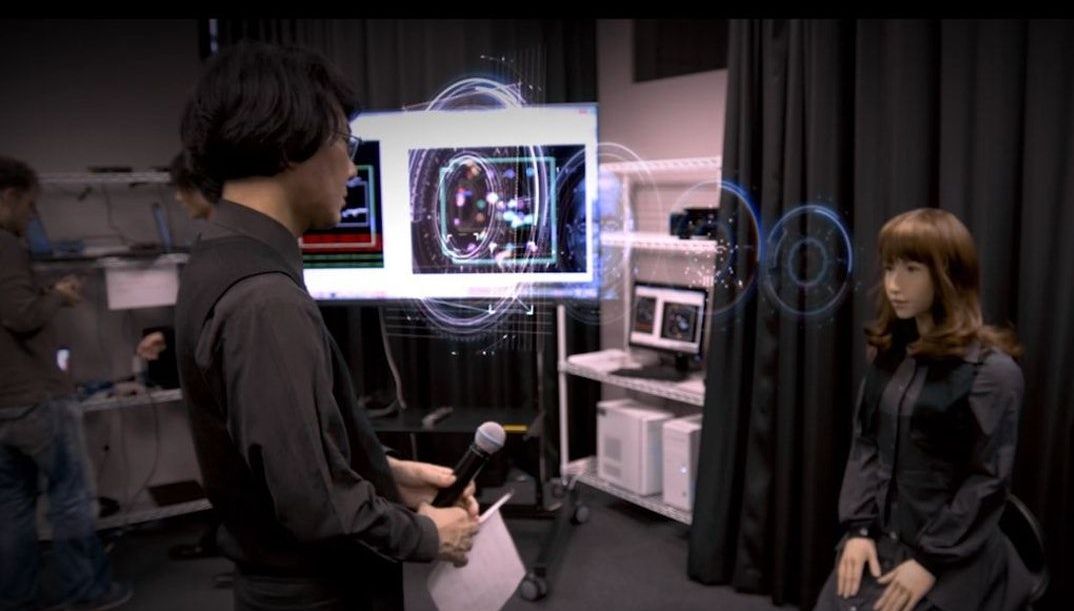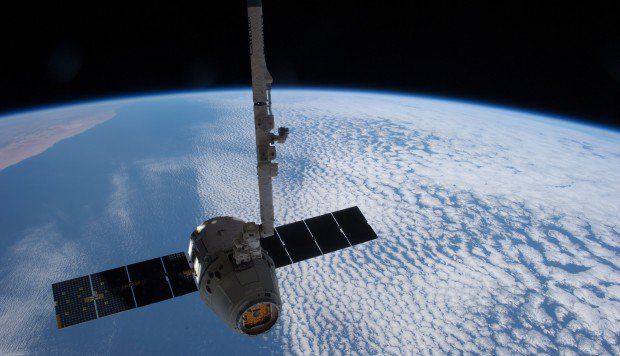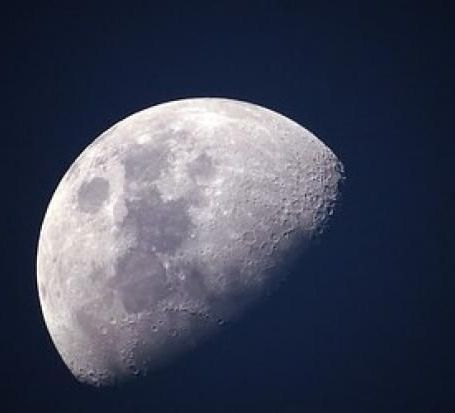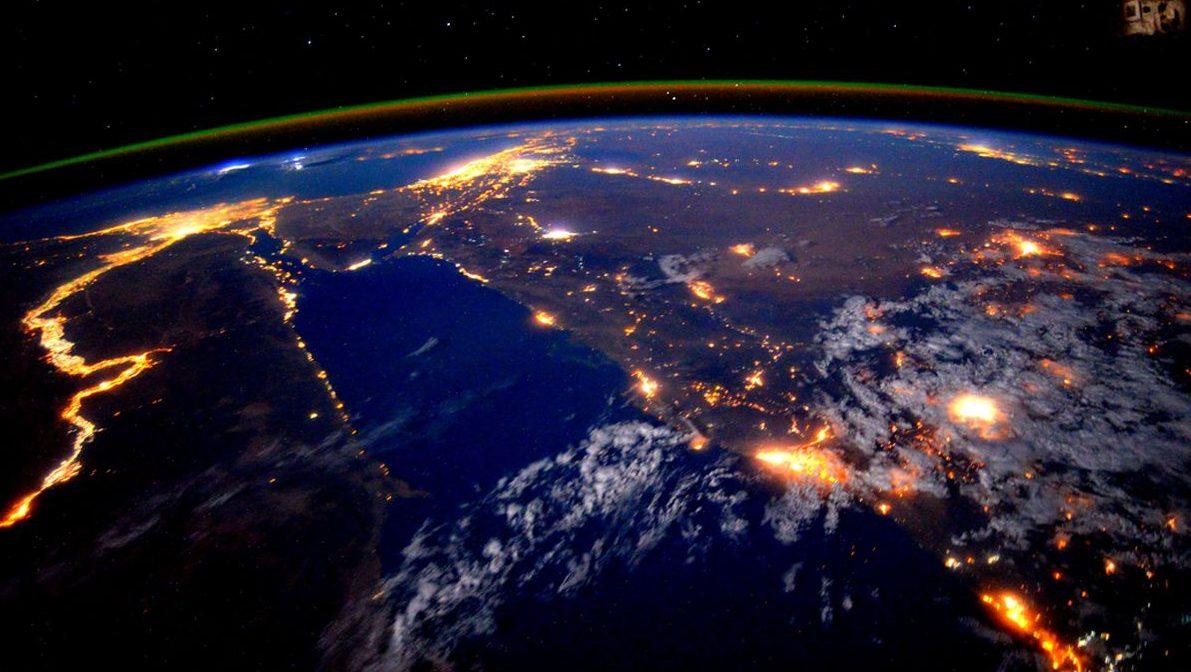Amandeep Gill has a difficult job, though he won’t admit it himself. As chair of the United Nations’ Convention on Conventional Weapons (CCW) meetings on lethal autonomous weapons, he has the task of shepherding 125 member states through discussions on the thorny technical and ethical issue of “killer robots” — military robots that could theoretically engage targets independently. It’s a subject that has attracted a glaring media spotlight and pressure from NGOs like Campaign to Stop Killer Robots, which is backed by Tesla’s Elon Musk and Alphabet’s Mustafa Suleyman, to ban such machines outright.
Gill has to corral national delegations — diplomats, lawyers, and military personnel — as well as academics, AI entrepreneurs, industry associations, humanitarian organizations, and NGOs in order for member states to try to reach a consensus on this critical security issue.
The subject of killer robots can spark heated emotions. The Future of Life Institute, a nonprofit that works to “mitigate existential risks facing humanity” such as artificial intelligence, launched its sensationalistic short film Slaughterbots at a side event hosted by the Campaign to Stop Killer Robots at the CCW’s meetings last November. The film, which depicts a dystopian near-future menaced by homicidal drones, immediately went viral.
